
by Loren Braunohler | Sep 28, 2015 | Moving, Poland, Travel
 Eight thousand pounds, ten suitcases, three car seats, and a mammoth-sized double stroller. That is how we move from place to place. Our lives measured in mass. The “things” we take with us as we circumnavigate the globe.
Eight thousand pounds, ten suitcases, three car seats, and a mammoth-sized double stroller. That is how we move from place to place. Our lives measured in mass. The “things” we take with us as we circumnavigate the globe.
Every time we pack up and unpack I ask myself, do we really need all of this stuff? All of these things? What would become of us if we couldn’t bring these things with us?
Before I became a parent, I wasn’t so concerned about having our things. It was always nice to receive our personal items and make our new house a home, but we could do without. While on assignment in Sudan, our household shipment took a year to arrive and be released at the port, at which point we only had one more year of our assignment left. Surprisingly, we found it pretty easy to live without our things.
But then I became a parent, and we acquired all of the things that come along with that wonderful privilege – toys, blankets, cribs, clothes, plastic plates, bottles, kid-proof cutlery, safety gates, bikes, trikes, scooters, hot wheels tracks, mountains of Legos. All of the things that entertain kids and make them happy (so we think). Times three.
Somehow our things mushroomed from two thousand pounds to eight thousand pounds overnight.
With three young children and all of this stuff, it then came time to move — not once, but twice (internationally) in one year. The first was a move from Thailand to Washington, D.C.; the second from Washington, D.C. to Poland. And with each move came new regulations about how much of our stuff we could take with us and how long it would take us to receive it. And naturally, as parents do, I worried about how the kids would fare without their things. How will they keep themselves entertained? Won’t they be bored? Won’t they miss their stuff?
And then the test came. In Washington, D.C. we were allowed 1/12th of our unruly-sized load of things. This actually turned out to be a very good thing. We got out to explore often – every day – and many days, multiple times. We lived near trails of every kind, streams, baseball and soccer fields. There must have been ten playgrounds within a mile radius. Libraries, museums, nature centers. Most within walking distance. By getting out, it became increasingly clear that the kids didn’t need their “things,” that in fact, those things become pretty unimportant when there were was so much exploring to do.
Their happiness was not predicated on whether or not they had their stuff. They were just as happy as before; if not, more so at the excitement of discovering new places.
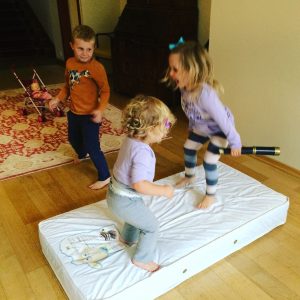 After a wonderful year in Washington, we moved to Krakow, Poland last month. Our things arrived in several different shipments over the course of six weeks. It was amazing to watch the kids use what little they had at the beginning to easily amuse themselves. Crib mattresses became trampolines, our back yard became a place of adventures, plastic tubs became swimming pools, and moving boxes . . . you name it, and moving boxes turned into all kinds of things from forts to art tables and clever hiding places. And just as we did in D.C., we are exploring. We are exploring our neighborhood, the main square downtown, the forest, the zoo, castles with dragon caves (yes, you read that right), biking trails, outdoor fountains, ice cream parlors, chocolate shops.
After a wonderful year in Washington, we moved to Krakow, Poland last month. Our things arrived in several different shipments over the course of six weeks. It was amazing to watch the kids use what little they had at the beginning to easily amuse themselves. Crib mattresses became trampolines, our back yard became a place of adventures, plastic tubs became swimming pools, and moving boxes . . . you name it, and moving boxes turned into all kinds of things from forts to art tables and clever hiding places. And just as we did in D.C., we are exploring. We are exploring our neighborhood, the main square downtown, the forest, the zoo, castles with dragon caves (yes, you read that right), biking trails, outdoor fountains, ice cream parlors, chocolate shops.
On Friday, the last shipment of our 8,000 pounds arrived. As I look around, I realize how easy it would be to simply. To cut down the clutter. To purge all of the things we don’t need and choose to get out and explore as an everyday way of life. Kids are the best versions of themselves when they use their imaginations. Less really is more. Happiness is not about what they have, but about who they are with. So what does that mean for us? It means we will slowly be letting go of our “things” over the next three years and lightening our load before we embark on our next overseas adventure. And I’m sure the movers will thank us for it.
Have you ever felt the need to cut down on all of the “things” you own? Have you thought about how you might do this (i.e. – by donating to local orphanages, Goodwill, etc.)?
This is an original post to World Moms Blog by Loren Braunohler. Loren Braunohler is a former U.S. diplomat turned stay-at-home mom and freelance writer. She is a world traveler who avoids the cold (don’t ask why she is currently in Poland). Former assignments have included Mozambique, Venezuela, Australia, Sudan, Thailand and Washington, D.C. She enjoys running, although she probably enjoys sleep more. Loren blogs about her family’s international adventures and parenting at www.toddlejoy.com.
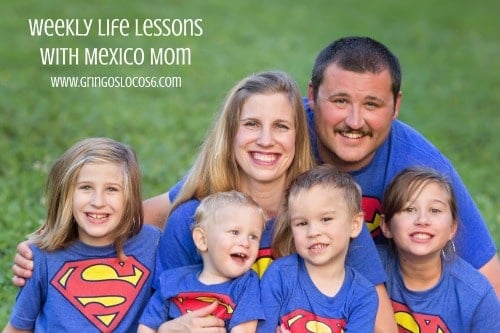
by Tina Marie Ernspiker | Jun 26, 2015 | 2015, Exercise, Expat Life, Kids, Life Lesson, Living Abroad, Mexico, Nature, Travel, Vacationing, World Motherhood, Younger Children

As a wife of one and a mom of four, it seems like I am always learning and discovering! I know I am not alone. Let’s just admit it: The world is a big place, life is a lesson, and children can be the best teachers. Normally my series, Life Lessons with Mexico Mom, is hosted on Los Gringos Locos, but today I am posting here on World Moms Blog.
Here are my insights and experiences as a Mexico Mom after we climbed Parícutin volcano in Southern Mexico. I don’t have the images edited yet or I would share! Stay tuned and watch for them on my blog. In the meantime enjoy our crazy experience. (more…)

by juliegd | Jun 22, 2015 | 2015, Home, Moving, Portugal, Relocating, Travel, World Motherhood
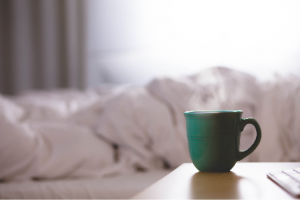 Over the past 7 years I have lived in 10 different homes on 2 different continents. To some this will sound like the ultimate adventure, to others it will seem like a nightmare. Even I can’t decide how I feel about it.
Over the past 7 years I have lived in 10 different homes on 2 different continents. To some this will sound like the ultimate adventure, to others it will seem like a nightmare. Even I can’t decide how I feel about it.
At the moment, having lived in temporary accommodation for over six months with a baby under one, it’s feeling more nightmarish than adventurous. My heart aches for a more permanent home, a place to unpack all our boxes and finally set up a room for my baby boy. I’m sick of sitting on someone else’s couch, using the oddly sized cutlery someone else picked out.
It feels like my life is on hold, that I can’t make any real plans until I’m sitting at my own dining room table.
Another part of me knows this is ridiculous. My happiness does not depend on a piece of furniture from IKEA. My baby makes me acutely aware that time is passing every moment and if I don’t enjoy the here and now I’ll suddenly wake up to an 18 year old son and wonder what happened.
And sometimes I can appreciate the adventurous side of it all. When my husband and I look back over the past few years there are so many stories to tell and so many experiences to remember. “Look at where we were last year and where we are now”, we often say. In retrospect our life seems so full. And that can’t be a bad thing.
I do wonder how our nomadic lifestyle is affecting our baby boy. He has moved house 3 times in his short life and it is clear that this does not go unnoticed. For the first few weeks post move he is clingy, unsure of himself. Who could blame him? Every reference point bar his parents has been changed.
Since I cannot provide him with a constant physical space to call home, I focus on making this family, this life his home. If our little family is together that should be enough. Or rather, my dream house in the perfect location wouldn’t feel like home without my two boys in it.
And then again I feel guilty about getting stressed about something as futile as the lack of shelf space or not liking the colour of the walls. I might feel displaced in our rented house but that is nothing compared to the thousands of migrant and refugee families who literally have nowhere to call a home. I often wonder how they do cope, how hard it must be to create a space that feels even just a little bit like a home in a refugee camp or when you’re being shipped from country to country hoping someone will take you in.
So I take a big breath. Everything is okay. This unsettled period in our life will soon pass and be turned into stories. And my baby is still so small that just being close to his mummy and daddy is home enough for him.
What does home mean to you? If you’re living abroad how do you make your house feel like home?
This is an original post to World Moms Blog by Julie from Portugal.
Julie, her husband and baby boy are currently living in Portugal, having spent the previous three years in the southeast of Brazil.
She considers herself a bit of an obsessive reader, and even more so since discovering she was pregnant. All that information has to go somewhere, which is why Julie started her blog, happy mama = happy baby, where she documents all the quirky parenting ideas she has collected so far.
More Posts - Website
Follow Me:



by Ecoziva (Brazil) | Jun 19, 2015 | 2015, Brazil, Family, Family Travel, Home, Husband, Kids, Life, Moving, Relocating, Travel, World Motherhood, Younger Children
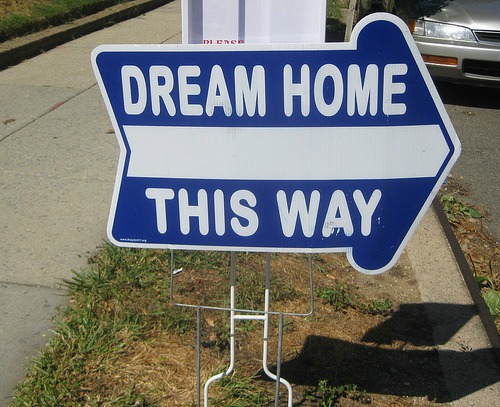
With the exception of a six month stay in Canada, our family has lived in the exact same house from the time our eldest son turned one to today, almost ten years later. I often find myself wondering what kind of impact that will have on our children, since when I was a child my family moved from house to house several times, including one big move from the USA to Brazil.
I believe that for children, there are advantages and disadvantages both to moving around a lot and to staying put their entire childhood. Moving around – especially if these moves are to new cities or even countries – gives them new perspectives of the world. Staying put, in turn, gives them a sense of stability and security. (more…)
Eco, from the greek oikos means home; Ziva has many meanings and roots, including Hebrew (brilliance, light), Slovenian (goddess of life) and Sanskrit (blessing). In Brazil, where EcoZiva has lived for most of her life, giving birth is often termed “giving the light”; thus, she thought, a mother is “home to light” during the nine months of pregnancy, and so the penname EcoZiva came to be for World Moms Blog.
Born in the USA in a multi-ethnic extended family, EcoZiva is married and the mother of two boys (aged 12 and three) and a five-year-old girl and a three yearboy. She is trained as a biologist and presently an university researcher/professor, but also a volunteer at the local environmental movement.
More Posts

by Shaula Bellour (Indonesia) | Jun 11, 2015 | 2015, Awareness, Bilingual, Communication, Cultural Differences, Expat Life, Eye on Culture, Family, Indonesia, Living Abroad, Shaula Bellour, Travel, World Motherhood
 As a British-American family living in Indonesia, we seem to speak a special sort of English in our house. Although our kids attend the British school, their classmates are from all over the world and the accents they hear are typically mixed. While my daughter generally sounds American, my son tends to favor British vocabulary – he enjoys maths, plays football (never soccer) and cheerfully reports that his day was “brilliant.”
As a British-American family living in Indonesia, we seem to speak a special sort of English in our house. Although our kids attend the British school, their classmates are from all over the world and the accents they hear are typically mixed. While my daughter generally sounds American, my son tends to favor British vocabulary – he enjoys maths, plays football (never soccer) and cheerfully reports that his day was “brilliant.”
To an American ear, my own accent has a British sound, while to a Brit, my British husband sounds subtly American. We joke that our accents have merged over time, which is further reinforced by living outside of our home countries for many years.
In our family we use British and American terms interchangeably – we have torches and flashlights, throw away rubbish and trash, wear pants and trousers, and occasionally enjoy sweets and candy. Our kids have recently started to recognize and understand some of the differences. The other day my son informed me that I was pronouncing “vitamin” wrong. I explained that I say it differently and my daughter quickly jumped in with her support: “It’s okay Mommy, I say it that way, too!” Tomayto, tomahto…anything goes in our house.
In a few weeks we will be heading back to the US for summer break. While our friends and family are generally charmed by the kids’ way of speaking (“so cute!”), my own hybrid accent mostly confuses people. I once had a job interview after moving back to the US from abroad and the CEO took me aside afterward to excitedly ask where I was from. “I’m from Seattle originally,” I responded. “No, where are you really from?” he continued. “Uh…Seattle?” Clearly not the exotic hometown he expected.
Although it shouldn’t bother me, sometimes it does.
When I first studied in the UK many years ago I was very self-conscious about my American accent. The young people I worked with would often imitate me and I was continually aware of standing out whenever I opened my mouth. Now, with my mixed pronunciation, I blend in more easily and comfortably slip into colloquial Brit-speak whenever I visit. I still sound different but I don’t mind.
Yet for some reason, it does bother me to be labeled as different in the place I am from. Partly I think it’s the perception of being “other” that gets to me. Living in Indonesia, I am used to feeling this way. But when I return to my hometown, I want to be able to fit right back in – even if it’s been years (well…decades) since I’ve lived there.
Despite my pre-vacation efforts to Americanize my accent, I can still hear the well-enunciated sounds tumbling out of my mouth and the British-style intonation. I try to re-train myself to soften my Ts, pronounce my Rs and say “really” instead of “quite”. Yet as much as I try to flick the American switch in my brain, I know I won’t always get it right. I’m bound to ask where the “toilet” is instead of the restroom and I might accidentally order in Indonesian, just to further confuse things.
I sound different because I am different. Perhaps it’s time to embrace it.
This is an original post for World Moms Blog by our American-mom-of-twins writer, Shaula Bellour, currently residing in Indonesia.
The image used in this post is credited to Jeremy Keith. It holds a Flickr: Creative Commons attribution license.
Shaula Bellour grew up in Redmond, Washington. She now lives in Jakarta, Indonesia with her British husband and 9-year old boy/girl twins. She has degrees in International Relations and Gender and Development and works as a consultant for the UN and non-governmental organizations.
Shaula has lived and worked in the US, France, England, Kenya, Eritrea, Kosovo, Lebanon and Timor-Leste. She began writing for World Moms Network in 2010. She plans to eventually find her way back to the Pacific Northwest one day, but until then she’s enjoying living in the big wide world with her family.
More Posts

by shootiegirl | Jun 9, 2015 | 2015, Feminism, Travel, Turkey
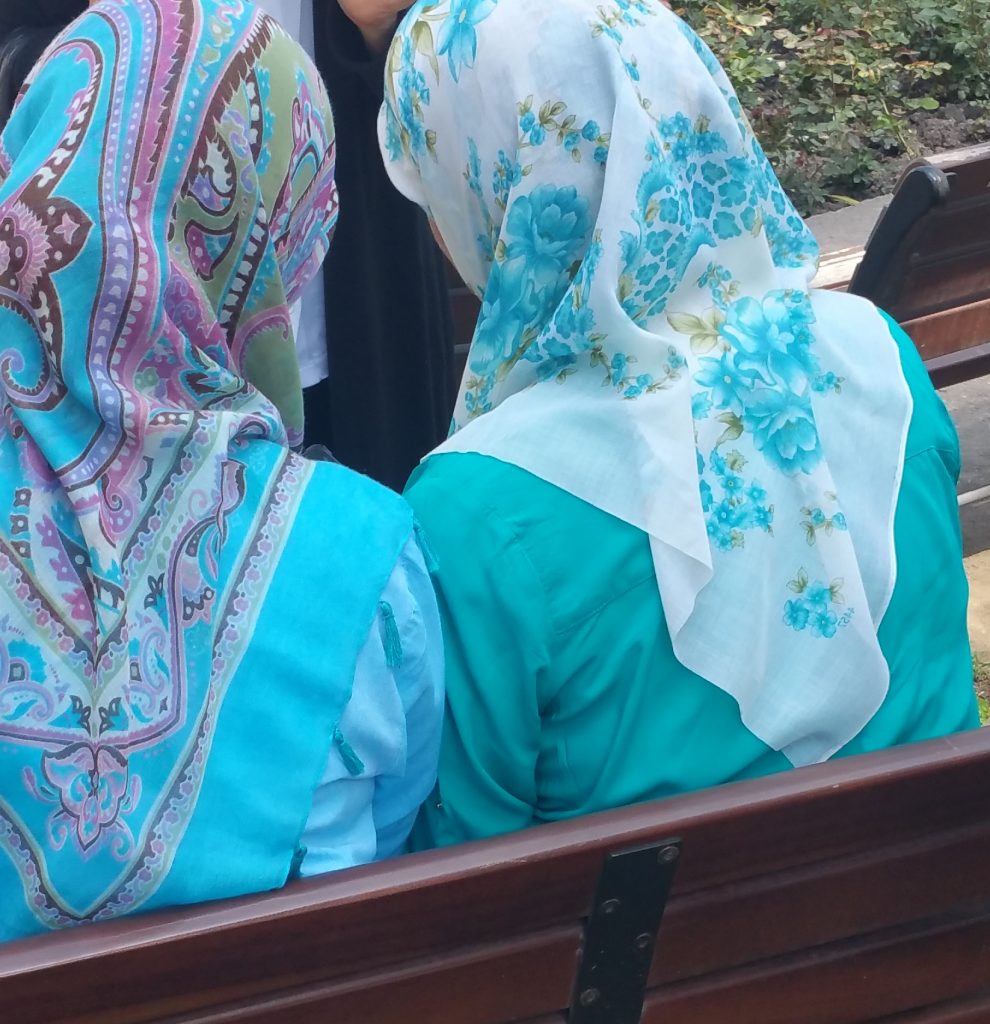 I had the privilege of visiting Turkey recently and found myself marveling at the women. As a predominantly Muslim country, I assumed women wore head scarves, burkas or tesettür (a headscarf and light cover-all topcoat) even in warm climates. However, I was surprised to see women and girls dressed in mostly European styles while shopping, or enjoying an evening out with family and friends.
I had the privilege of visiting Turkey recently and found myself marveling at the women. As a predominantly Muslim country, I assumed women wore head scarves, burkas or tesettür (a headscarf and light cover-all topcoat) even in warm climates. However, I was surprised to see women and girls dressed in mostly European styles while shopping, or enjoying an evening out with family and friends.
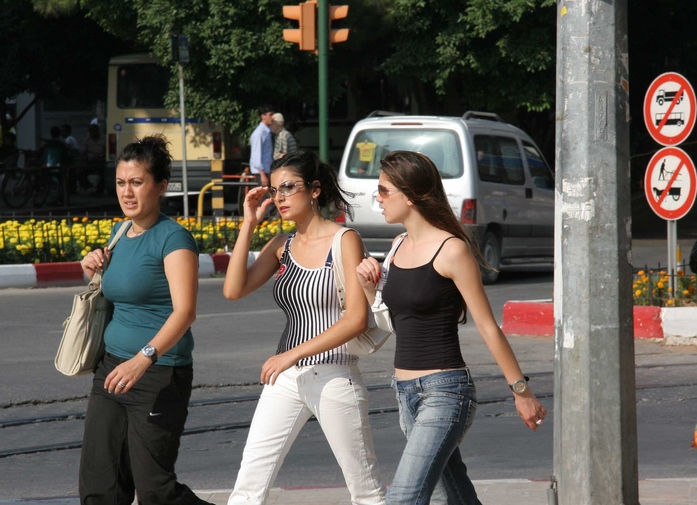
Until late 2013 the head scarf had been outlawed in Turkey in public buildings and universities. More recently the law has been relaxed, and a small percentage of women still wear them. Turkey is considered to be a more western leaninig, secular country. Therefore, in many areas European style prevails over traditional Muslim attire. It was easy to find women dressed in jeans and casual wear as well as skirts and dresses.
The point of departure for me came when entering a mosque for worship or observation. In this case, all women and girls were required to enter with a head scarf. Some mosques had scarves available and required women to use them if they do not bring their own. A fellow travel friend of mine liked her scarf so much that she donated money to the mosque to keep her scarf. If skirts were above the knee, an additional wrap was provided to cover them, creating a longer length.
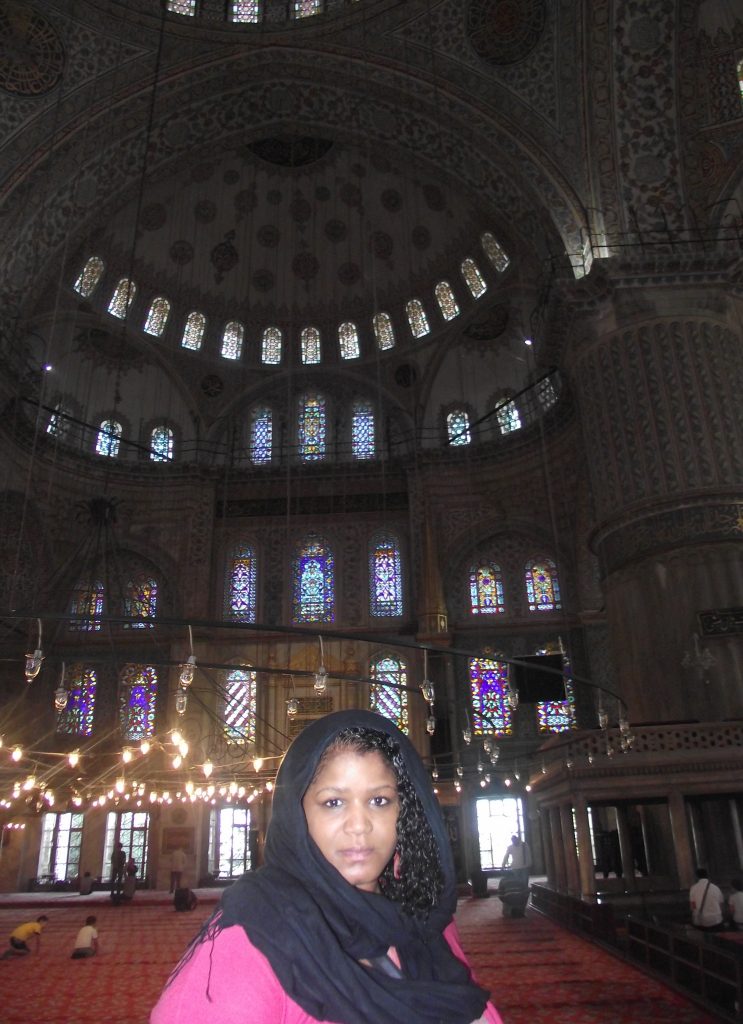
The author at the Blue Mosque in Istanbul, Turkey
In my experience I found that the Turkish people are quite accepting of most styles of dress, no matter your country of origin or cultural background. However, it is customary in the less urban areas for women to be dressed more modestly with sleeved tops, slacks or knee-length dresses or skirts.
What does your attire say about you?
This is an original post written for World Moms Blog by La Shaun Martin of shootiegirl.

LaShaun Martin is National Director of Social Media and Community Service for Mocha Moms, Inc. a national 501(c)(3) support group for stay-at-home mothers of color. LaShaun currently works to manage and promote community service programs for the organization to include teen mentoring, Boys Booked on Barbershops literacy program, America’s Promise, MomsRising, Moms Clean Air Force, U.S. Environmental Protection Agency, and U.S. Department of Education. She is a frequent guest of the White House for events focused on women and girls including tea with First Lady Michelle Obama.
LaShaun holds a Bachelor of Science degree in Business Administration. LaShaun spent 20 years with the State of California, the State of Maryland Department of Corrections managing public education, research, FBI programs and later Hewlett Packard. LaShaun now serves as CEO and Designer of her own company, Shootie Girl™ Custom Rhinestone Apparel and Shootie Girl™ Blog – Positive Messages for Women and Girls. Shootie Girl™ designs have been featured with CNN’s Soledad O’Brien, Sherri Shepherd of The View, Carol’s Daughter, Clinique Cosmetics, Jack and Jill of America, Inc., Still Standing Movie, Dr. Sherry Blake of Essence Magazine and Aja Dantzler of R&B singing couple Kindred and the Family Soul and Blogalicious.
LaShaun is passionate about giving back and ensures her company reflects a heart for service by donating many “t-shirts for a cause” to Heart of Haiti, the women of Zimbabwe and The United Nations Foundation Shot@Life Campaign. She also serves on the Advisory Board of MOMentumNation and the Epilepsy Foundation.
LaShaun’s greatest passions are her husband, two lovely daughters and music.
Blog: http://www.shootiegirl.net
Custom Rhinestone Apparel: http://www.shootiegirl.com
More Posts

 Eight thousand pounds, ten suitcases, three car seats, and a mammoth-sized double stroller. That is how we move from place to place. Our lives measured in mass. The “things” we take with us as we circumnavigate the globe.
Eight thousand pounds, ten suitcases, three car seats, and a mammoth-sized double stroller. That is how we move from place to place. Our lives measured in mass. The “things” we take with us as we circumnavigate the globe. After a wonderful year in Washington, we moved to Krakow, Poland last month. Our things arrived in several different shipments over the course of six weeks. It was amazing to watch the kids use what little they had at the beginning to easily amuse themselves. Crib mattresses became trampolines, our back yard became a place of adventures, plastic tubs became swimming pools, and moving boxes . . . you name it, and moving boxes turned into all kinds of things from forts to art tables and clever hiding places. And just as we did in D.C., we are exploring. We are exploring our neighborhood, the main square downtown, the forest, the zoo, castles with dragon caves (yes, you read that right), biking trails, outdoor fountains, ice cream parlors, chocolate shops.
After a wonderful year in Washington, we moved to Krakow, Poland last month. Our things arrived in several different shipments over the course of six weeks. It was amazing to watch the kids use what little they had at the beginning to easily amuse themselves. Crib mattresses became trampolines, our back yard became a place of adventures, plastic tubs became swimming pools, and moving boxes . . . you name it, and moving boxes turned into all kinds of things from forts to art tables and clever hiding places. And just as we did in D.C., we are exploring. We are exploring our neighborhood, the main square downtown, the forest, the zoo, castles with dragon caves (yes, you read that right), biking trails, outdoor fountains, ice cream parlors, chocolate shops.


















 I had the privilege of visiting Turkey recently and found myself marveling at the women. As a predominantly Muslim country, I assumed women wore head scarves, burkas or tesettür (a headscarf and light cover-all topcoat) even in warm climates. However, I was surprised to see women and girls dressed in mostly European styles while shopping, or enjoying an evening out with family and friends.
I had the privilege of visiting Turkey recently and found myself marveling at the women. As a predominantly Muslim country, I assumed women wore head scarves, burkas or tesettür (a headscarf and light cover-all topcoat) even in warm climates. However, I was surprised to see women and girls dressed in mostly European styles while shopping, or enjoying an evening out with family and friends.




